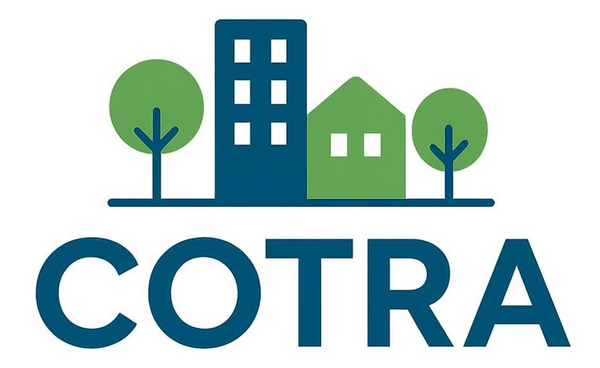We wanted to clarify several points raised about our survey findings and the interpretation of data in the Planning report.
1. Our Survey
It was suggested during the PHC meeting that COTRA’s survey results may not be accurate because respondents were told patios would be permitted in Neighbourhood Interiors, whereas the current proposal before Council no longer includes patios.
In fact, our survey asked two separate questions because we were aware City Planning was considering removing patios from the proposal:
- 90% opposed allowing businesses to open in Neighbourhood Interiors without approval;
- 88% opposed allowing patios in Neighbourhood Interiors.
We believe this shows that our results remain accurate and reflect strong, consistent opposition from residents.
2. Definition of Corner Lots
There was also some question about whether bends and curves are included in the definition of corner lots as we had noted this in our survey.
Under Toronto Zoning By-law Chapter 800, a corner lot is defined as one “where one street bends to create an interior angle of 135 degrees or less.”
COTRA’s interpretation is consistent with this definition.
3. Committee of Adjustment (CoA) Application
Planning staff noted in their report that between January 2018 and November 2023, a number of CoA applications were submitted to allow commercial uses within Neighbourhoods — and that these applications had a 90% approval rate.
COTRA has been advocating for the continued use of the CoA process, given its high success rate, rather than adopting blanket as-of-right zoning changes.
During the PHC meeting it was suggested that 71% of approved applications were for properties that already had commercial uses, such as those in the former City of Toronto, which historically had businesses in Neighbourhoods (e.g., corner stores). It was also implied that the process would not allow new businesses to open in residential areas like Scarborough.
However, the Planning report states that 71% of the applications involved “adding new non-residential uses to an existing building,” which does not clearly state that those buildings were already commercial. The report also notes that:
- 50% of approvals were for office-use conversions, we believe likely involve homes seeking to open professional offices (e.g., law or accounting practices); but the report also says that 20% of the approved applications were for eating establishments.
Based on these findings, COTRA believes the CoA has already been allowing new small-scale commercial uses in residential neighbourhoods on a case-by-case basis, demonstrating that the existing process works effectively and that blanket rezoning is unnecessary.
4. Zoning Differences across Districts
During the PHC meeting, it was noted that, according to the Planning report, 78% of CoA applications came from Toronto East York (TEY), suggesting that similar uses might not work elsewhere, such as in Scarborough.
The Planning report attributes the higher number of applications in the R zone — found only in the former City of Toronto — because the R zone is “more relaxed” than the RD, RS, and RT zones.
After reviewing the by-laws, COTRA found no substantial differences between these zones apart from two minor distinctions:
- The R zone allows ground-floor retail in apartment buildings over 100 units; and
- The R zone permits “tourist homes,” which the other zones do not.
Given these minimal differences, COTRA questions the conclusion that commercial permissions are meaningfully “more relaxed” in the R zone or that the CoA process would not work elsewhere. The difference may simply reflect fewer residents applying to open businesses in residential areas outside of the former City of Toronto and not because the process would not work in Scarborough, as an example.
